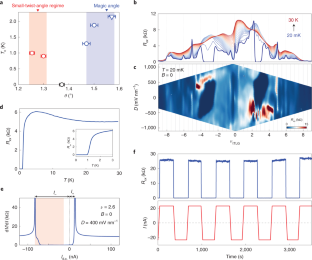2022-08-30 アメリカ国立再生可能エネルギー研究所(NREL)
政策変更やリサイクル技術の開発がない場合、廃止されたブレードの78%が埋立地に捨てられると予想されますが、それでも2050年には全国で1%と推定され、廃棄物の量に比べると比較的少ない割合になる。
現在、ブレードによく使われている素材の多くは簡単に分解されますが、適切な機器を使えば破砕することができる。ブレードを破砕すると小さくなり、リサイクル施設に送るのが簡単になる。
輸送前にブレードを細断するコストを3分の1に削減するだけでも、累積埋立率を50%以下に減らすことができると、科学者たちは新しい研究で計算した。また、リサイクルの早期普及を促進し、それが標準になるようなシナリオでは、この数字を10%以下にすることも可能である。
<関連情報>
- https://www.nrel.gov/news/program/2022/nrel-researchers-point-to-path-for-improved-wind-blade-recycling-rates.html
- https://www.sciencedirect.com/science/article/pii/S2589004222010069?via%3Dihub
風力関係者の使用済み製品に関する行動と風力発電ブレードの循環に与える影響の地域別表現 Regional representation of wind stakeholders’ end-of-life behaviors and their impact on wind blade circularity
Julien Walzberg,Aubryn Cooperman,Liam Watts,Annika L. Eberle,Alberta Carpenter,Garvin A. Heath
iScience Published: August 19, 2022
DOI:https://doi.org/10.1016/j.isci.2022.104734

Highlights
- •Spatial agent-based model adds behavioral factors to wind blades circularity study
- •Logistical barriers and transportation costs significantly affect the results
- •Recycling early adopters incite new social norms speeding up circularity transition
Summary
The growing number of end-of-life (EOL) wind blades could further strain US landfills or be a valuable composite materials source, depending on stakeholders’ behaviors. Technical solutions based on circular economy (CE) principles have been proposed but are not guaranteed to solve the issue of EOL management. Transitioning to CE implies changing how business models, supply chains, and behaviors deal with products and waste. A spatially resolved agent-based modeling combined with a machine-learning metamodel shows that including behavioral factors is crucial to designing effective policies. Logistical barriers and transportation costs significantly affect the results: lowering blade shredding costs by a third before transportation makes EOL blades a source of valuable materials, decreasing the 2050 cumulative landfill rate below 50%. In another scenario, parameter settings simulating policy interventions aiming at boosting early adoption incites new social norms favorable to recycling, lowering the cumulative landfill rate below 10%.



